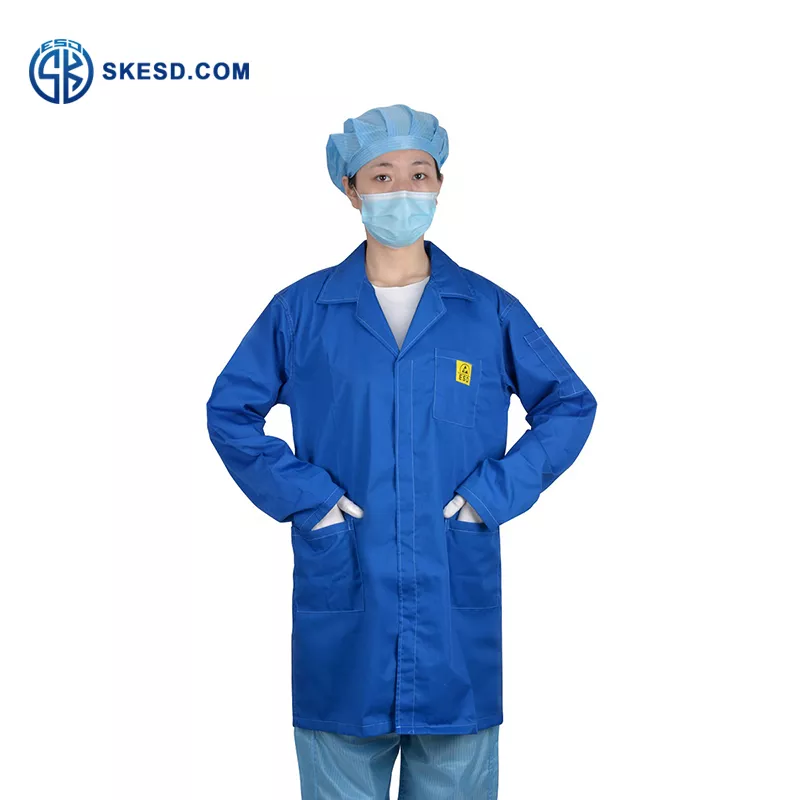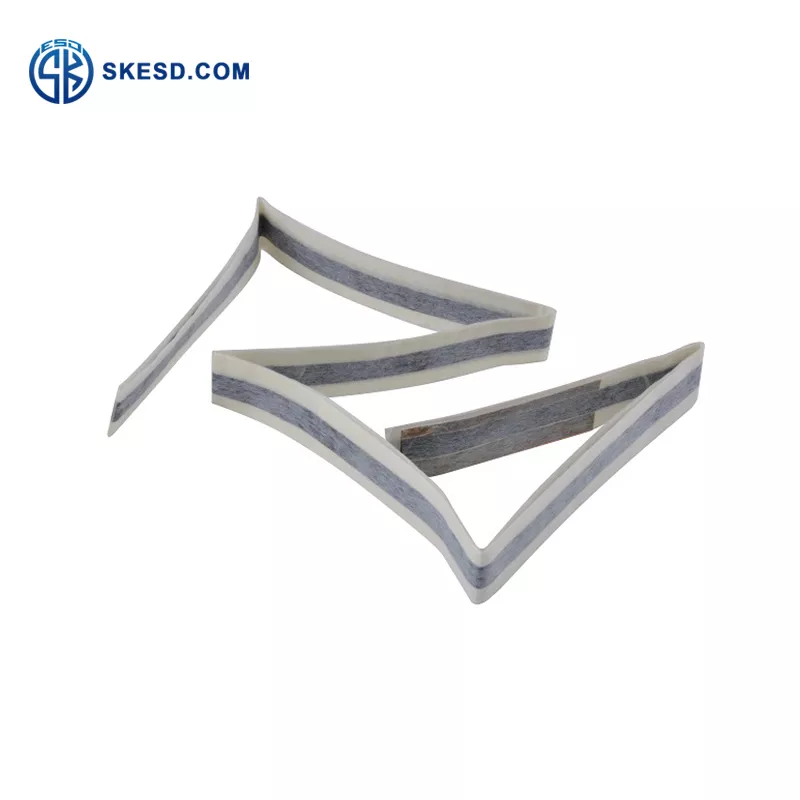Anti-static fabrics play a crucial role in various industries where static electricity can pose significant risks. These fabrics are designed to mitigate the accumulation and discharge of static charges, ensuring a safe working environment. To ensure the reliability and effectiveness of anti-static fabrics, industry standards and testing procedures have been established.

Industry Standards
Several industry standards govern the production and performance of anti-static fabrics. These standards ensure that manufacturers meet specific requirements and provide consistent quality.
Some prominent standards include:
- ASTM D737-04This standard, established by the American Society for Testing and Materials (ASTM), outlines the test method for surface resistivity of solid electrical insulating materials. It provides a quantitative measure of a material’s ability to dissipate static charges.
- EN 1149-1The European standard EN 1149-1 addresses the electrostatic properties of protective clothing. It specifies requirements for measuring surface resistance, charge decay, and charge dissipation properties of anti-static fabrics.
- ISO 10993-5This international standard focuses on the biological evaluation of medical devices. Part 5 of the standard specifically addresses testing for cytotoxicity, which ensures that anti-static fabrics used in medical applications are non-toxic and safe for use.
Testing Procedures
To assess the performance and suitability of anti-static fabrics, various testing procedures are employed. These procedures measure different characteristics of the fabric’s anti-static properties.
Some commonly used tests include:
- Surface Resistivity TestThis test measures the resistance to the flow of an electric charge across the surface of the fabric. A low surface resistivity indicates efficient dissipation of static charges.
- Charge Decay TestThe charge decay test evaluates how quickly a charged fabric can dissipate static charges. It measures the time taken for the charge to reduce to a certain percentage of its initial value.
- Vertical Resistance TestThis test determines the resistance to the flow of electricity through the thickness of the fabric. It ensures that anti-static properties are evenly distributed throughout the material.
- Cytotoxicity TestFor anti-static fabrics used in medical applications, the cytotoxicity test ensures that the fabric does not produce any harmful effects on living cells. This test assesses the potential toxicity of the fabric’s components.
Anti-static Fabric Standards and testing procedures play a vital role in ensuring the quality and performance of anti-static fabrics. Compliance with these standards allows manufacturers to provide reliable and effective products that meet the specific needs of various industries. By conducting rigorous testing, the industry can ensure the safety of workers and the integrity of sensitive processes where static electricity can pose risks. Continuous adherence to these standards and regular testing contribute to the advancement and improvement of anti-static fabric technologies, ultimately benefiting industries that rely on static control measures.
continue reading




